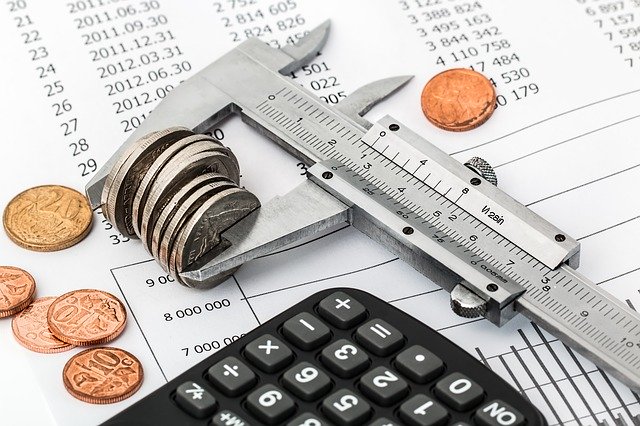
Much of the current debate involving the equality (or inequality) of income in the United States focuses on the difference in spending power between the richest and poorest households. According to the Census Bureau, the richest quintile (20 percent) of households earned on average nearly $300,000 while the poorest quintile earned only about $5,000. That is, the richest households earn about
60 times the income of the poorest households. A recent article by Phil Gramm and John Early, however, disputes the degree to which the rich out earn the poor. Their argument focuses on the distinction between “earned income" and “net income." Earned income is simply one's income earned from all sources (i.e., wages, interest, profits and rents). Net income adjusts earned income to account for two important impacts on household spending power: taxes and transfers (“welfare").
These authors argue that the populist view of the inequity in the distribution of income is flawed because it ignores the distinction between earned and net income. For one, the top quintile pays out about one-third of their earned income in federal, state and local taxes. For example, in 2017, the richest households paid out an average of about $109,000 in taxes. The bottom quintile, on the other hand, paid out only about $2,700 in taxes (primarily sales, property and excise taxes).
Second, government transfers go primarily to the poorest households. Annual transfers amounted to almost $2 trillion in 2017, coming from the 95 federal transfer programs (e.g., Medicare, Medicaid, food stamps), as well as dozens of state and local programs. These government payments account for about 90% of all spending power available to households in the bottom quintile. The poorest households received $17 in government transfers for every dollar of taxes they paid (amounting to about $45,400 in 2017), while the richest quintile received a mere 6 cents in transfers for every dollar paid in taxes.
In terms of the distribution of income, this distinction between earned and net income becomes especially critical when one realizes that the top two quintiles paid about 80 percent of all taxes while the bottom two quintiles received about 70 percent of all transfers. The distribution of
net income yields a rather different conclusion: the poorest quintile had spending power of about $50,900 while that of the richest quintile was about $195,000. While this still results in a ratio of four to one between the richest and poorest households, the distribution of spending power is much more even than the 60 to one ratio coming from the distribution of earned income. Perhaps these results suggests that our redistribution system is working as designed—the $50,900 average income of the bottom quintile would elevate this group to well within the range of the American middle-class.